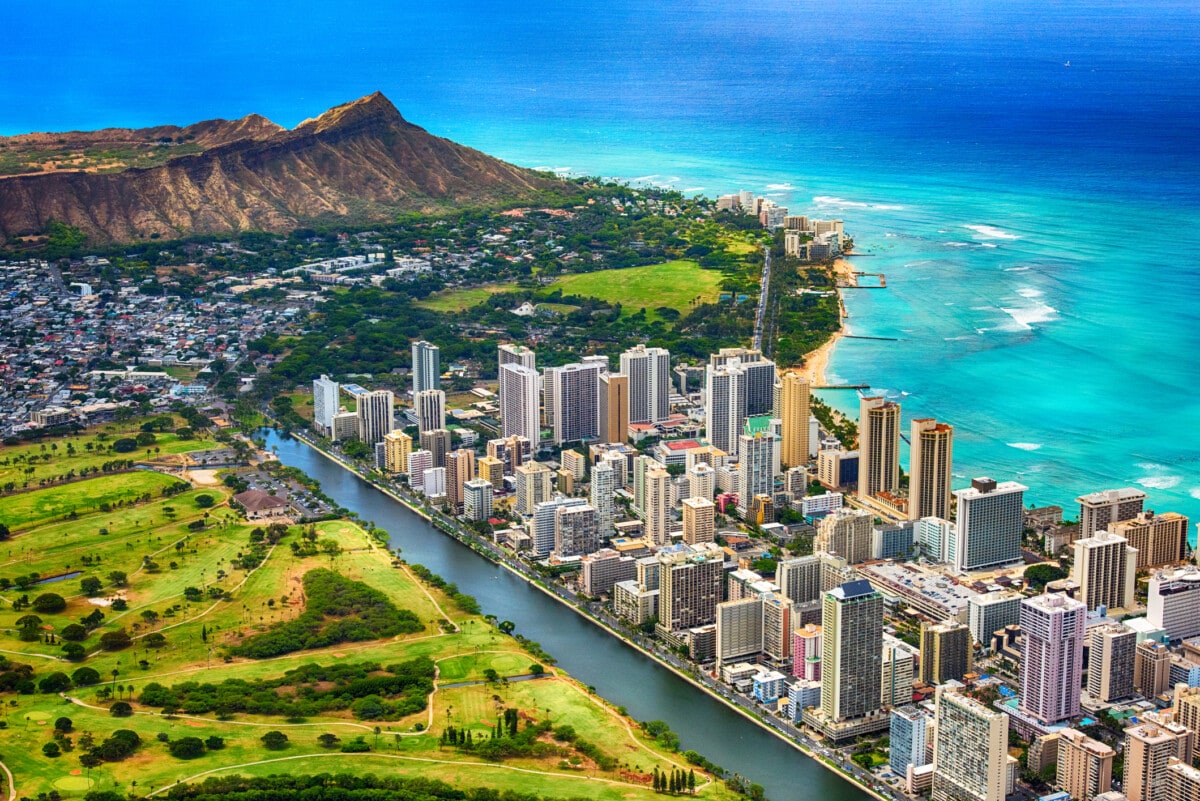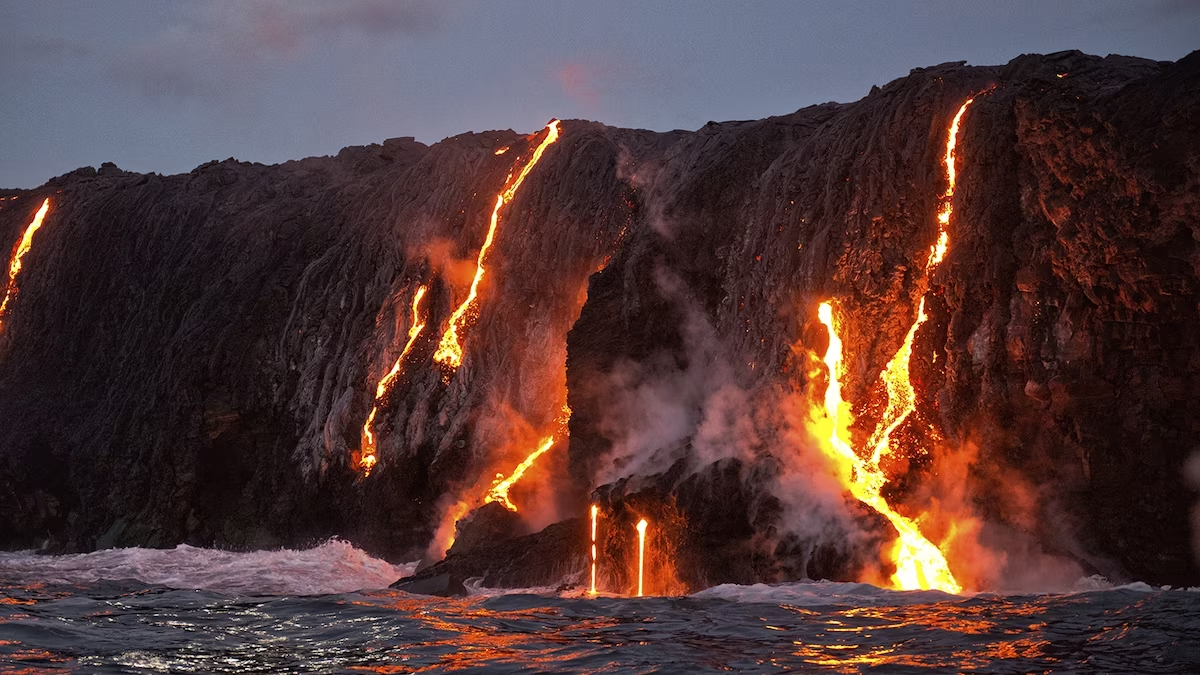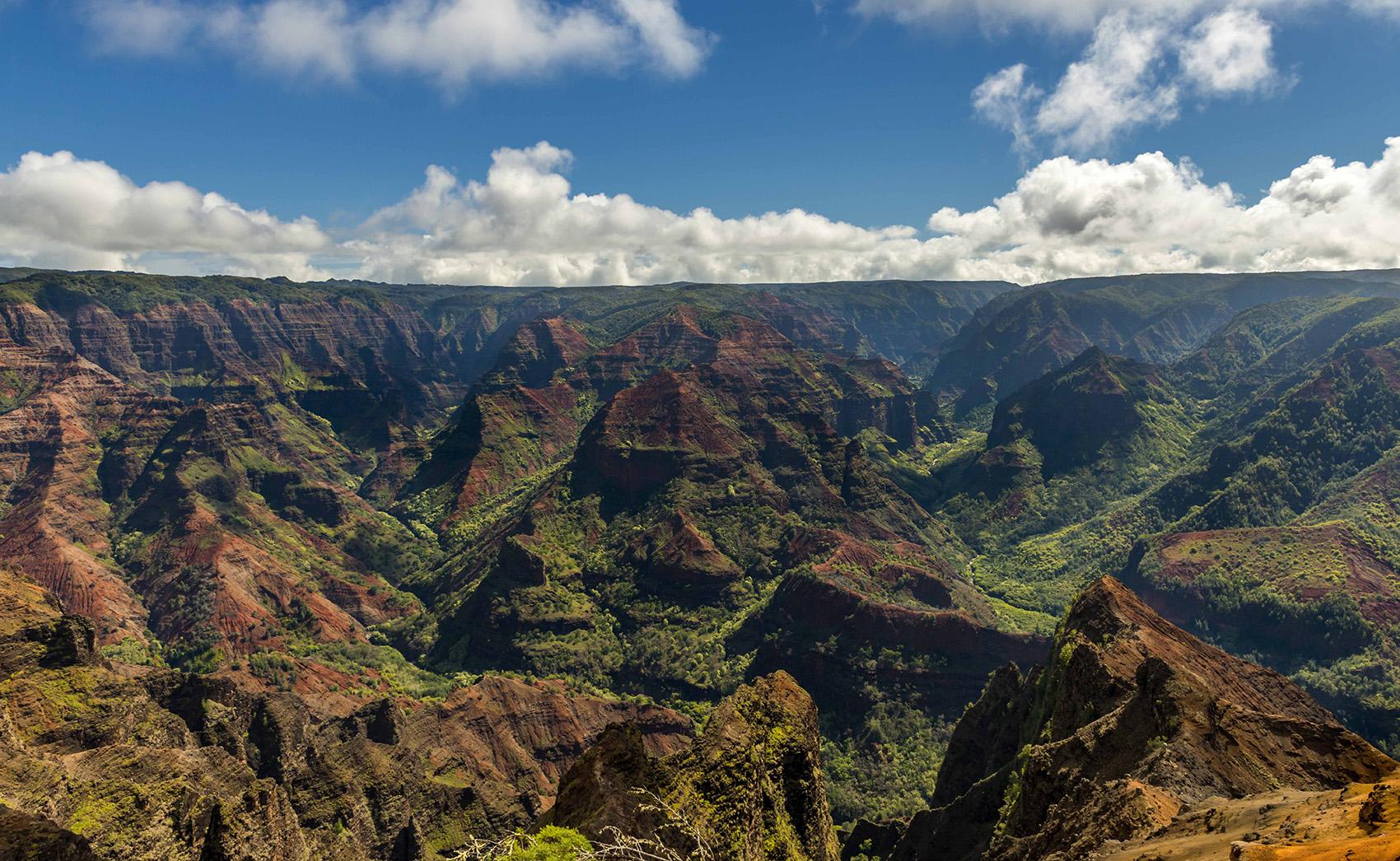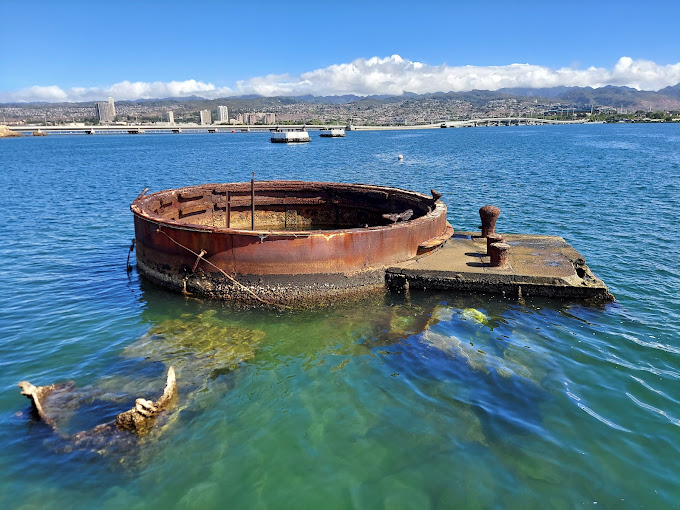ABOUT-HAWAII

Hawaiian Islands are part of the Pacific Ocean and are a part of the United States. Hawaii is composed of 137 volcanic islands that make up almost all of its archipelagoHawaii is famous for its breathtaking landscape, including lush tropical forests, pristine beaches, volcanic craters, and clear waters. Mark Twain described Hawaii as "the loveliest fleet of islands that lies anchored in any ocean." The name is considered to be derived from Hawaiki, the former name for Raiatea, the Polynesians' original home. Hawaii hotspot, an undersea magma source that formed the Hawaiian Islands, is the source of volcanic activity that formed the islands.
TOURIST ATTRACTIONS

Hawai’i Volcanoes National Park
Hawai’i Volcanoes National Park is an American national park. The park was originally established on August 1, 1916, as Hawaii National Park, which was then split into this park and Haleakalā National Park. Hawaii National Park protects, studies, and provides access to two of the most active volcanoes in the world, as well as perpetuates Hawaiian coastal ecosystems and tradition.
Waimea Canyon State Park
Waimea Canyon, also known as the Grand Canyon of the Pacific, is a large canyon. The canyon was formed by a deep incision of the Waimea River arising from the extreme rainfall on the island’s central peak. The canyon is carved into the tholeiitic and post-shield calcalkline lavas of the canyon basalt. The lavas of the canyon provide evidence of massive faulting and collapse in the island’s early history.


Polynesian cultural center
The Polynesian cultural center is the venue for the annul world fire knife dance competition, in which contestants display their skill with blazing swords. The PCC is owned by the Church of Jesus Christ of the Latter-day Saints, was dedicated on October 12, 1963, and occupies 42 acres. The Polynesian Cultural Center hosts special events that celebrate Hawaiian, Samoan, Tahitian, and Māori cultures, including a Christmas festival.
Pearl Harbor National Memorial
Pearl Harbor National Memorial is a unit of the national park system of the United States. The location commemorates the December 7, 1941, attack on Pearl Harbor, which killed more than 2,400 Americans and sank twelve ships. There are three memorial sites on Ford Island, one for the USS Arizona, one for the USS Utah, and one for the USS Oklahoma.


Arizona Memorial
The USS Arizona Memorial honors the memory of 1,102 of the 1,177 sailors and Marines who died on the USS Arizona during the attack on Pearl Harbor on December 7, 1941. More than two million people visit the memorial each year, which was established in 1962. The USS Arizona Memorial is one of numerous sites in Hawaii that form part of the Pearl Harbor National Memorial.
MAJOR AIRPORTS IN HAWAII
WEATHER
Weather Due to the nearly continual trade of cool breezes from the east, temperatures and humidity tend to be less extreme. Summertime highs are typically around 88 °F (31 °C), while nighttime lows are around 75 °F (24 °C). Low elevations rarely have nighttime lows of less than 65 °F (18 °C). Winter day temperatures are often 83 °F (28 °C).
BEST TIME TO TRAVEL
March through September is the ideal time of year to travel to Hawaii. Hawaii's excellent temperature and the least rainfall during this period make it a great time to enjoy the beach and aquatic activities.
FAQs
What are the main islands of Hawaii?
The eight main islands of Hawaii are Hawaiʻi (the Big Island), Maui, Kauaʻi, Molokaʻi, Lānaʼi, NiŻihau, and KahoŻolawe.
What is the capital city of Hawaii?
Honolulu, the capital of Hawaii, is situated on the island of Oʻahu.
What are the must-visit attractions in Hawaii?
Some top attractions in Hawaii include Volcanoes National Park on the Big Island, Waikiki Beach on Oʻahu, the Road to Hana on Maui, the Na Pali Coast on Kauaʻi, and Pearl Harbor on Oʻahu.
What outdoor activities can visitors enjoy in Hawaii?
Hawaii offers various outdoor activities, including surfing, snorkeling, scuba diving, hiking, zip-lining, whale watching (seasonal), and exploring waterfalls and volcanic landscapes.

Save up to 40% off! Exclusive call-only deals:
+1 (800) 354-5351
 Honolulu International Airport
Honolulu International Airport